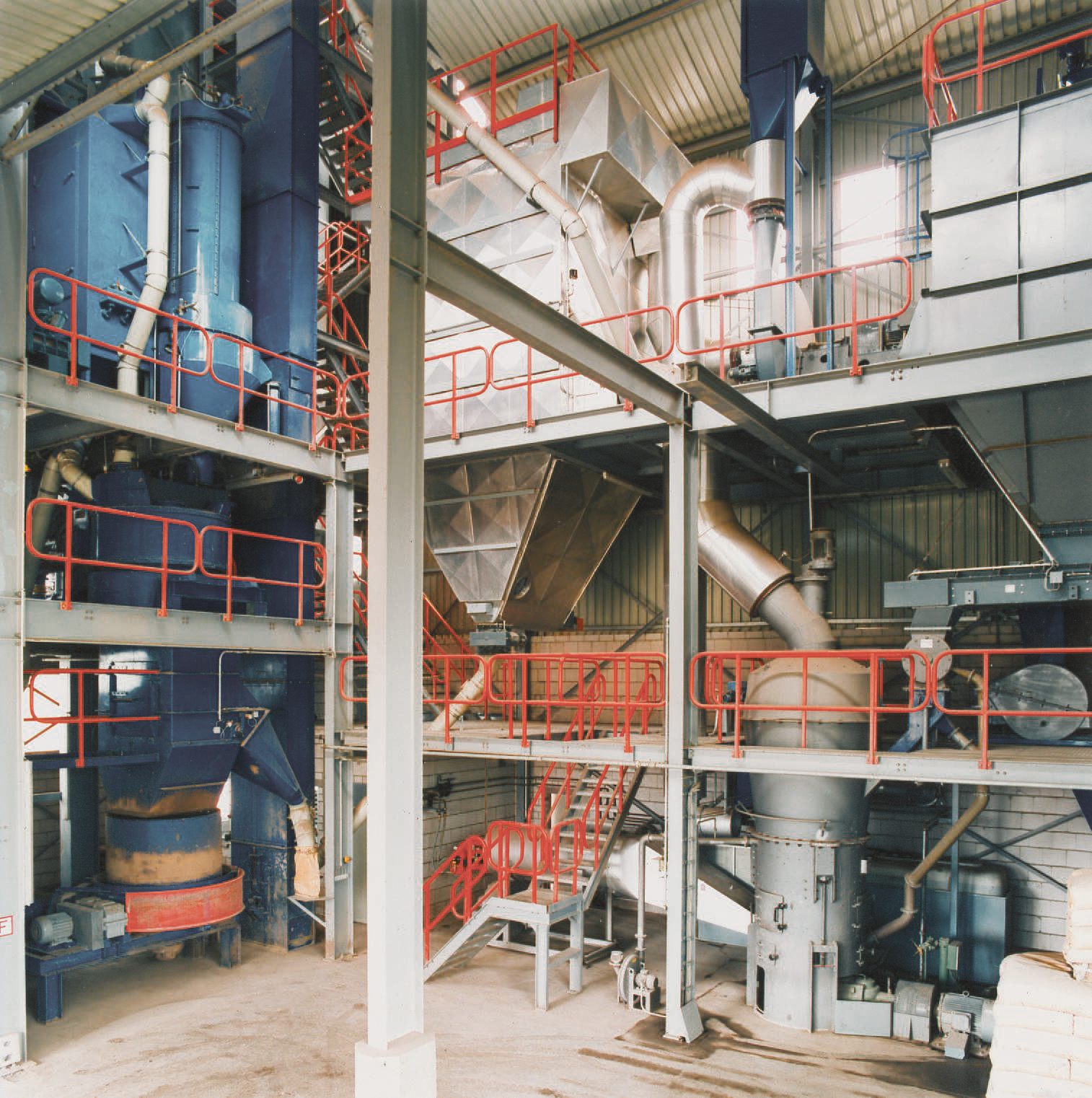Details Soapstone
Calcined soapstones is a unique raw material in ceramic applications
Soapstone is a magnesium silicate occurring for example in the North East of Bavaria or in Australia.
Compared to talcum, the plate-shaped crystals are particularly fine and therefore ideally suited for hand carving. In ceramic applications, soapstone is mainly used in steatite and cordierite bodies. Steatite is applied to a large extent in insulating components for high-frequency engineering, while cordierite which is resistant to thermal shock is used for example in kiln furniture, in honeycombs as heat exchangers or in catalyst carriers as well as in electrical ceramics or cookware.
Soapstone tends to develop textures during pressing, which after firing causes anisotropic properties in the body’s thermal expansion behaviour which, subsequently, causes cracks. Calcined soapstone is used to solve this problem. Soapstone is calcined at approximately 1300°C in a rotary kiln, during this process the material is transformed into enstatite and a glassy phase and the plate-shaped structure is finally eliminated. In addition, calcined soapstone reduces firing shrinkage of green bodies which is particularly significant for better meeting narrow dimensional tolerances of technical components.
Raw and calcined soapstone are available crushed or ground iron-free.

